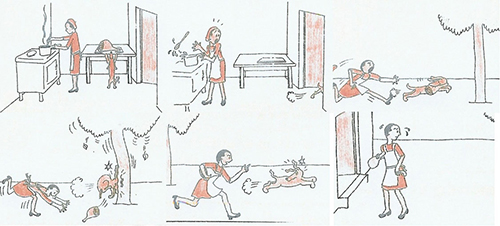Resource 5: Making meaning
![]() Teacher resource for planning or adapting to use with pupils
Teacher resource for planning or adapting to use with pupils
Paragraphs for older classes: GhanaPre 20th-century history
Evidence of settlements along the Ghanaian coast dates back some
40,000 years, but it wasn't until the late 15th century, with the arrival of the Portuguese, that a written history of the area came into being. The Portuguese came in search of gold, which they found in abundance adorning the powerful Ashanti kings of the Akan people. The Portuguese soon began construction of several forts along what came to be known as the Gold Coast, where their plundered gold was shipped back to Europe
as ingots. The real money, however, turned out to be in the slave trade, and the Portuguese traders' fortunes attracted the Dutch, British and Danes in the late 16th century. During the next 250 years, all four nations competed fiercely to control the trade, building forts and capturing those of rivals. The average yearly 'take' in slaves was 10,000. By the 19th century, when the slave trade was outlawed, there were 76 forts dotting the coast – an average of one every 6 km (4 mi).
After the demise of slavery, the British took over the forts to use as customs posts, signing treaties with many of the local chiefs. The Ashanti profited handsomely from the arrangements, and their capital, Kumasi, began to take on all the trappings of a European city. The British grew increasingly uneasy with the tribe's wealth and influence and, in 1873, when the Ashanti refused to give up Kumasi, the British sacked the city and declared the Gold Coast a crown colony. Violent Ashanti resistance continued until 1900, when the tribe attacked the British fort at Kumasi, losing the battle but almost entirely destroying the city in the process.
Adapted from: http://www.lonelyplanet.com/ worldguide/ destinations/ africa/ ghana/ essential?a=culture [Tip: hold Ctrl and click a link to open it in a new tab. (Hide tip)] (accessed 03/03/07)
Picture story for younger classes: The dog and the meat
Resource 4: Describe and arrange




